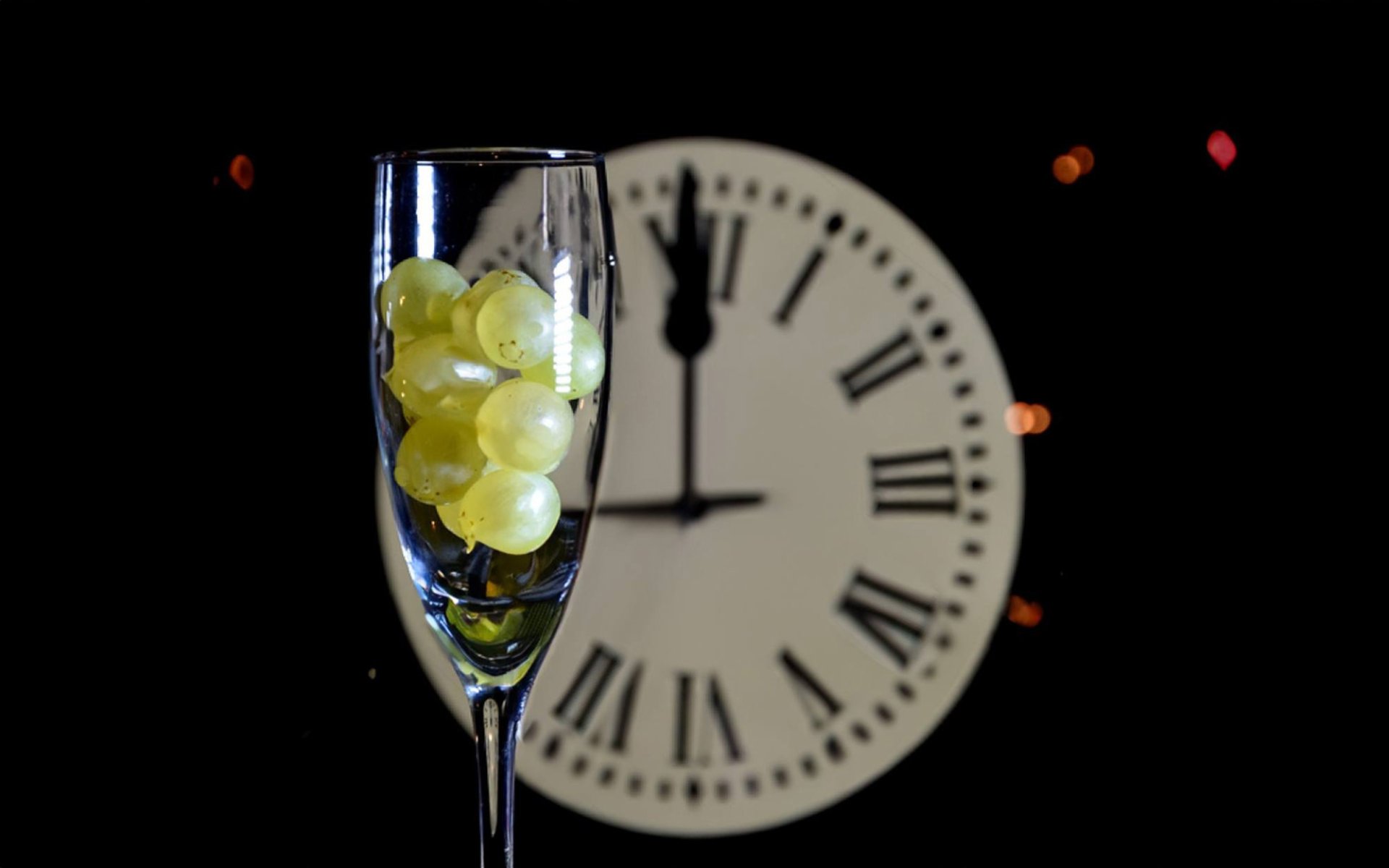Twelve Lucky Grapes

As the calendar turns to a new year, various cultures worldwide welcome it with diverse traditions. In Spain, theres also a beloved New Year's tradition: consuming 12 grapes, known as Twelve Lucky Grapes or Doce Uvas de la Suerte (DOH-seh OO-bahs deh lah SWER-teh), to bring good fortune to one's life. Today, Rimping Supermarket invites you to delve into the story behind this fascinating custom.
The Tradition's Origin: From Market Surplus to Symbol of Luck
The tradition of eating 12 grapes dates back to 1909. A group of grape farmers in Alicante faced a problem of grape overproduction that flooded the market. They sought to distribute this excess produce by advertising the grapes as "lucky grapes," encouraging people to buy and consume them. This gave rise to the concept of eating 12 grapes at midnight on New Year's Eve to bring luck and prosperity for each month of the coming year.
In Spanish and European cultures, grapes are considered a symbol of good fortune because they are easy to cultivate, and their produce is versatile, serving as a primary ingredient in wine production. This is evident from historical records of grape cultivation found in ancient Egyptian, Greek, and Roman wall paintings.
Additionally, some believe the 12-grape tradition dates back to 1880. It is said that this custom originated from working-class groups mocking Spain's upper class in Madrid, who were imitating the French tradition of eating grapes and drinking champagne on New Year's Eve. The working class would playfully mimic this by eating 12 grapes along with Cava (Spanish sparkling wine), gathering at Puerta del Sol Square.
The Celebration at Puerta del Sol
Since then, on the night of December 31st, Spaniards nationwide typically gather at Puerta del Sol Square in Madrid, which serves as kilometer zero and the center of Spain's national highways, to celebrate together. They prepare 12 grapes. When the clock tower bells ring, signaling the arrival of the new year, they begin to eat the grapes.
They eat one grape for each chime of the bell, which rings a total of 12 times, representing the 12 months. They must finish all the grapes before the last bell tolls. Once all 12 grapes are consumed, fireworks light up the sky spectacularly, amidst shouts of ¡Feliz año nuevo! or Happy New Year!
For those unable to join the gathering at the square, Spanish national television broadcasts live images of the clock tower across the country, allowing everyone to celebrate together and fostering a sense of unity nationwide.
Interesting Facts and Precautions
However, besides the belief that eating all 12 grapes brings good luck, Spaniards also believe that if someone fails to eat them in time, chokes, or struggles with a specific grape, that particular grape's position in the sequence corresponds to a month in which they might face misfortune. Therefore, before participating in this activity, many people practice eating grapes. They also carefully select grapes for consumption, opting for seedless grapes, smaller grapes, or even peeling the grapes beforehand for safety and ease of consumption.
Over the years, the tradition of eating 12 grapes has remained popular in Spain. However, typically, Spaniards do not encourage young children and the elderly to participate in this tradition due to the risk of choking if not careful. Close adult supervision is recommended if young children participate.


